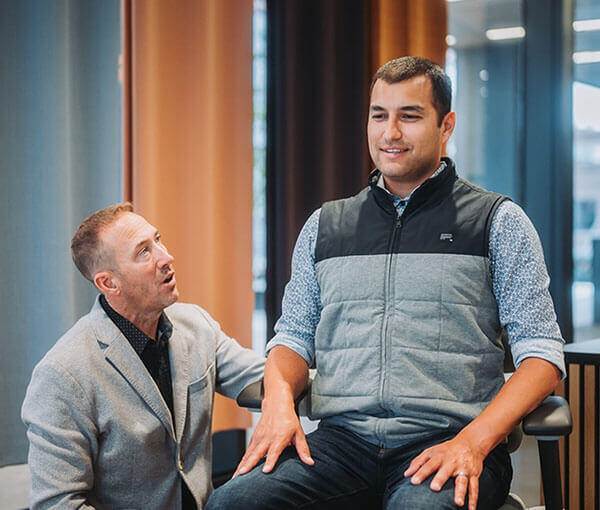Sitting for prolonged periods is a common occupational hazard that affects professionals across various industries. From office workers to drivers, the toll on our bodies can be significant. One such group of professionals that experiences the challenges of prolonged sitting is pilots. In this blog, we'll explore the development of sitting pain in various professions, with a focus on pilots, and discuss how using a proper office chair and sitting habits can help alleviate discomfort during those non-flying hours.
The perils of prolonged sitting:
Professions that involve extensive sitting can take a toll on the body over time. Musculoskeletal discomfort, including back pain, neck strain, and muscle stiffness, can become all too familiar. Pilots, like many other professionals, spend significant hours in a seated position, which can lead to the development of sitting-related pain that may persist even when they're not flying.
So how does the office chair fit in? When professionals or pilots are not soaring through the skies, their choice of a sitting solution is essential for combating pain. An office chair can even UNDO the negative effects of sitting in a work position for an extended period of time. Opting for a well-designed and ergonomic chair can make a world of difference in terms of comfort and support. By investing in the right chair, pilots can alleviate discomfort and enhance their overall well-being during those crucial non-flying hours.
Choosing the right office chair involves several important considerations that can have a significant impact on comfort and pain relief. While we won't mention lumbar support*, let's explore other essential factors to look for:
*A lumbar support is like supporting a tall building at the 5th floor
a) Adjustable Seat Height: An office chair with adjustable height allows pilots to customize their seating position, ensuring their feet are flat on the ground and their knees are at a comfortable 90 degree angle. Pro Tip* Make sure your monitor height aligns with your proper knee and feet positioning.
b) Adjustable Low Back Pelvis Support: The pelvis is the foundation of sitting, like supporting a tall building at the foundation. A back support that offers support to the pelvis can support the pelvis in neutral and provide an upright posture for long periods.


c) Seat Padding and Contouring: Ample cushioning and well-designed contours provide support for the hips and buttocks, minimizing pressure points and promoting better posture.
d) Armrests: Adjustable armrests contribute to a relaxed position, reducing strain on the shoulders and neck. They can also prevent the arms from hanging or resting in an awkward position.
But!
How can we go even further and build muscles to help maintain our proper posture? Taking regular breaks to stand up, stretch, and walk around can help combat the negative effects of prolonged sitting. Engaging in exercises that target the back, neck, and leg muscles can also provide relief and prevent stiffness. Check out our Fix Your Sit guidebook for specific exercises and recommendations here.

Sitting pain is a common challenge faced by professionals who spend long hours in a seated position, including pilots. By understanding the impact of prolonged sitting and investing in an ergonomic office chair, pilots can prioritize their comfort and well-being during non-flying hours. Remember, finding the right chair is a small but significant step towards alleviating sitting pain and promoting a healthier, more productive work-life balance. So, whether you're a pilot or any other professional, make sure to choose your office chair wisely and give your body the support it deserves.

If you are looking to improve posture and decrease pain while sitting, look no further than Anthros.
Anthros is the only chair in the world that is guaranteed to improve posture or your money back. The science-backed, patented design is registered with the FDA as a posture-improving chair and is proven to have the lowest pressure (most comfortable) cushion on the planet (verified by university testing).
Take the next step to reducing pain, increasing comfort, and maximizing performance!
Recent Post

Four Lessons About Seating Everyone Can Learn from Wheelchair Users
September 18, 2025Working with wheelchair users has been an...

People Over Profits: Why Anthros Puts Comfort and Care First
September 17, 2025At Anthros, our mission is simple: to put people...










